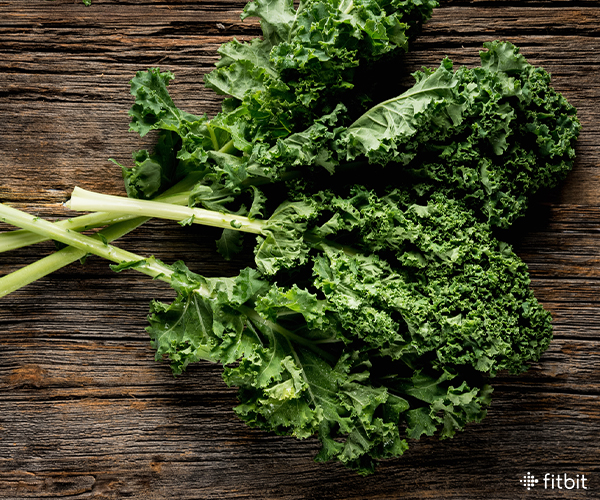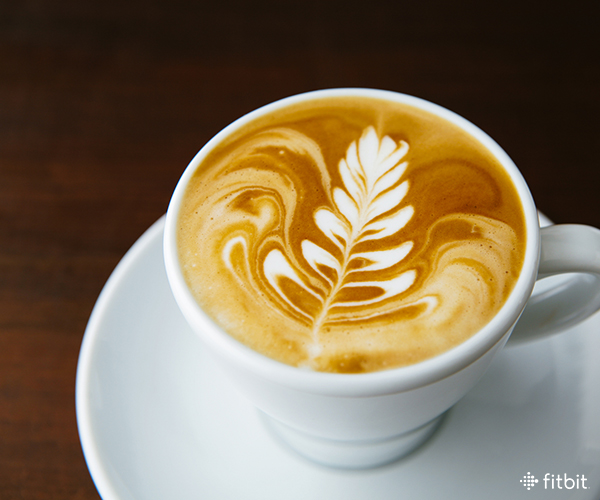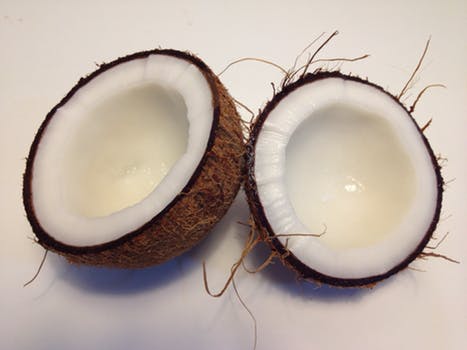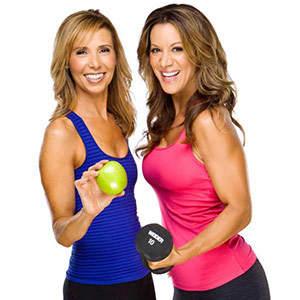Why Nutrition Is the Most Important Part of Fitness Eat Right to Change Your Body, Health, and Life
The food we eat plays a vital role in how we look and feel. Regular exercise is important but according to research, nutrition has the largest impact on our fitness. Using food as our medicine has become a popular theme for health improvement.
The trend is now to focus on healthy food intake as a primary fitness goal. When healthy eating habits become a lifestyle, we are healthier and happier. Eating right allows us to reduce body fat, lose a few pounds, feel more confident and reduce our risk of illness.
Chronic studies are indicating healthy food intake as the most important part of our fitness programs. Some physicians are teaching healthy eating habits/lifestyle as a way to improve overall health reducing obesity and related disease.
Food is Our Medicine

Nutrient-dense foods or superfoods include lean proteins, healthy carbohydrates, and fats essential to our health. Superfoods are a rich source of vitamins, minerals, and antioxidants.
Antioxidants are shown to reduce inflammation in our body helping us fight disease and illness. Inflammation is said to be the leading cause of many diseases. Powerful antioxidants in leafy greens and vegetables, for example, help detoxify the body removing harmful chemicals.
Some superfoods contain compounds that increase our metabolism for more efficient fat burning. Red peppers contain a molecule called capsaicin shown to enhance the rate we burn body fat.
Eating healthy food will not only help improve our health but also enable us to finally reach desired fitness goals.
How Do Quercetin Rich Foods Help?
Quercetin is a powerful antioxidant naturally occurring in a wide variety of plant foods. In fact, quercetin research indicates it to be one of the most potent antioxidants with numerous health benefits.
Many athletes supplement with quercetin to reduce muscle inflammation caused by intense workouts. According to a study published in the International Journal of Preventative Medicine, quercetin supplementation significantly improved athletic performance, increased metabolic rate and lean mass among athletes.
The following foods are a rich source of quercetin:
- Apples
- Onions
- Broccoli
- Berries
Increase Your Metabolism Naturally 
Your best fat burner is not going to come in a bottle but by eating foods containing certain compounds. We can increase the rate we burn fat naturally according to nutrition research.
Eating foods that stimulate and enhance the fat burning process will help us reduce fat more effectively. Adding metabolism boosting foods will be a great supplement to your existing workout and nutrition program.
The following foods are shown to increase our metabolism:
- Hot peppers (active component capsaicin)
- Green tea (active component caffeine)
- Black coffee (active component caffeine)
- Cold water (500 ml of water daily increased metabolic rate by 30%)
- Whole grains (aiding component fiber and iron)
- Yogurt (aiding component calcium and probiotics)
- Apples (aiding component fiber)
- Nuts and seeds (aiding component essential fatty acids)
- Fatty fish (aiding component Omega-3 fatty acids)
Peanut Butter is a Superfood
Peanut butter just so happens to be the number one sports nutrition superfood. It contains healthy fat, is nutrient-dense and shown to provide long-lasting energy for optimal athletic performance.
Selecting natural or organic peanut butter is recommended to avoid added sugar and preservatives. Peanut butter is high in fiber and an excellent source of plant protein. It also contains niacin, folate, vitamin E and other essential nutrients and minerals.
Peanut butter contains quality nutrients and supplies lasting energy at 90 calories per 2 tablespoon serving. It also contains 7 grams of protein per ounce compared to other nuts only supplying 4 grams. Adequate protein intake is essential for muscle growth.
It is low in saturated fat and cholesterol making it a heart healthy food. Research indicates consuming 1.5 ounces of peanut butter per day may reduce the risk of heart disease.
What are Fitness Foods?
The term fitness food is interchangeable the superfoods. Eating a diet rich in fitness foods is essential to our health. Incorporating healthy nutrition and knowing what that means is vital to achieving a lean and healthy body.
The following is a favored list of superfoods among fitness enthusiasts:
- Oats (high in fiber, improves digestion/increases metabolism)
- Eggs (protein source, muscle building)
- Greens (antioxidants, reduces inflammation)
- Apples (antioxidants, reduces inflammation/increases metabolism)
- Lean meats/fish (amino acids, protein source, muscle building)
Is Coffee Healthy or Not?
Should we drink coffee? This is a popular question and although not the best drink for some, overall studies show coffee as beneficial to our health and fitness.
Coffee contains antioxidants but also caffeine. Caffeine is a natural stimulant shown to increase our metabolic rate. Many athletes are using coffee as a pre-workout drink to benefit from this effect. Low to moderate doses (1-2 cups) of coffee are shown to significantly improve athletic performance.
Drinking black coffee 30 minutes prior to exercise is said to have the best ergogenic results. It’s shown to improve our endurance and enable us to exercise longer.
Coffee is also indicated to improve our mental focus and increase energy levels. Clearer thinking promotes a more productive and effective workout. Coffee is also shown to reduce exercise-induced muscle pain.
Coffee also contains powerful antioxidants shown to reduce chronic disease and illness. Studies have shown it help individuals suffering from Parkinson’s disease and to reduce the incidence of gallstones.
Because caffeine is a stimulant, it’s recommended to consult your physician if you are hypertensive, pregnant, have diagnosed heart disease, or are nursing prior to drinking coffee.
Eat Superfoods Daily
Superfoods play an important part in achieving and maintaining a healthy body. Nutritionists may vary in their lists of which foods are best but agree they’re all essential. Eating a wide variety of superfoods daily will satisfy nutrient requirements for optimal body functioning.
Start with the following top superfoods for improved health and fitness:
- Oats (high in fiber, improved digestion, heart health)
- Blueberries (antioxidants, reduces inflammation, cancer-fighting)
- Apples (antioxidants, reduces inflammation, weight loss)
- Green tea (antioxidants, increases metabolism, weight loss)
- Flaxseed (essential fatty acids, increases metabolism, reduces inflammation)
- Broccoli (antioxidants, cancer-fighting, detox)
- Yogurt (calcium, probiotic, improved digestion, bone health)
- Olive oil (monounsaturated fatty acids (MUFAs)/heart health)
- Beans (high in fiber, antioxidants, improved brain function)
- Cinnamon (antioxidants, detox, healing spice)
Sources:
Di Noia J. Defining Powerhouse Fruits and Vegetables: A Nutrient Density Approach. Prev Chronic Dis. 2014;11:130390.
Emilio Ros, Health Benefits of Nut Consumption, National Institutes of Health, 2010
Erica R Goldstein et al., International society of sports nutrition position stand: caffeine and performance, 1/27/10
The Journal of Clinical Endocrinology & Metabolism, Water-Induced Thermogenesis, Michael Boschmann, 7/2/13







/about/iStock_80773575_LARGE-57fe53a65f9b586c353e7f28.jpg)
/about/iStock_72178673_LARGE-57fe546f5f9b586c353e845c.jpg)
/about/iStock_41456034_LARGE-57fe55585f9b586c353e894d.jpg)
/about/iStock_66294587_LARGE-57fe56203df78c690f843816.jpg)
/about/iStock_51261098_LARGE-57fe57033df78c690f8438f7.jpg)
/about/iStock_23409773_LARGE-57fe57d93df78c690f843988.jpg)
/about/iStock_82093463_LARGE-57fe59045f9b5805c2557a99.jpg)
/about/iStock_53382204_LARGE-57fe59b35f9b5805c2557d2e.jpg)
/about/proteinpowder-57fe5b685f9b5805c255814e.jpg)
/about/iStock_87387801_LARGE-57fe5bce5f9b5805c255825e.jpg)







